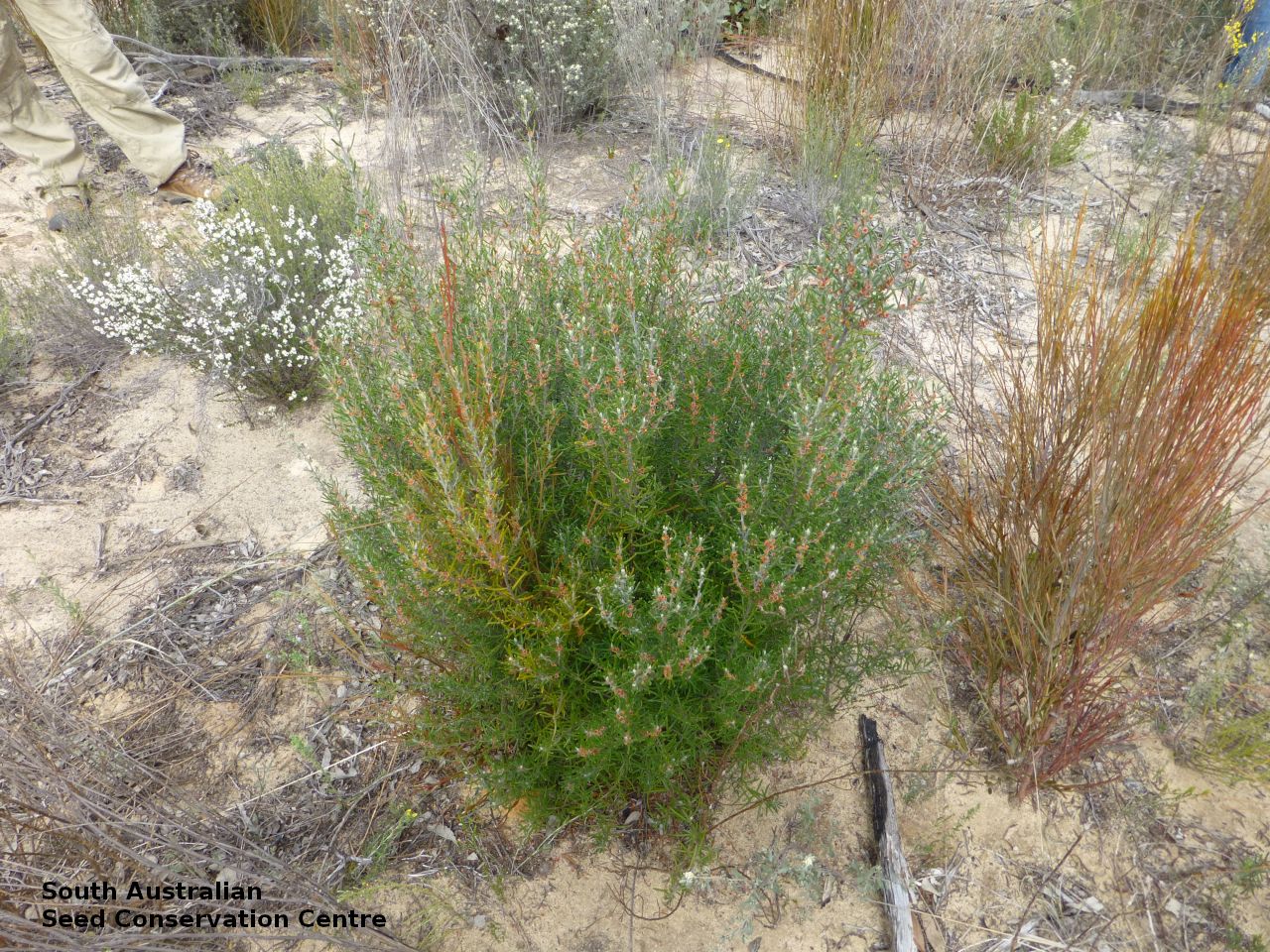
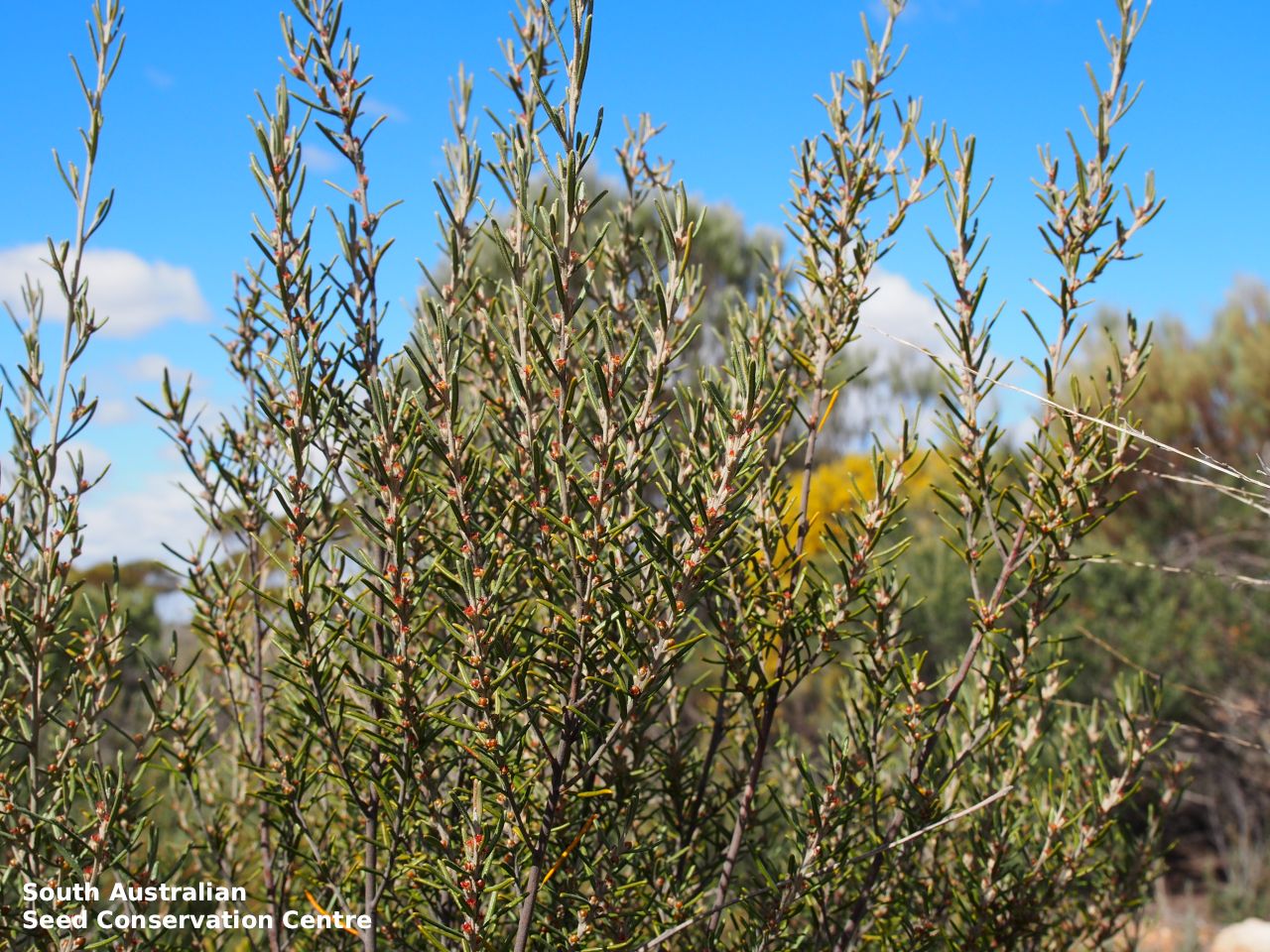
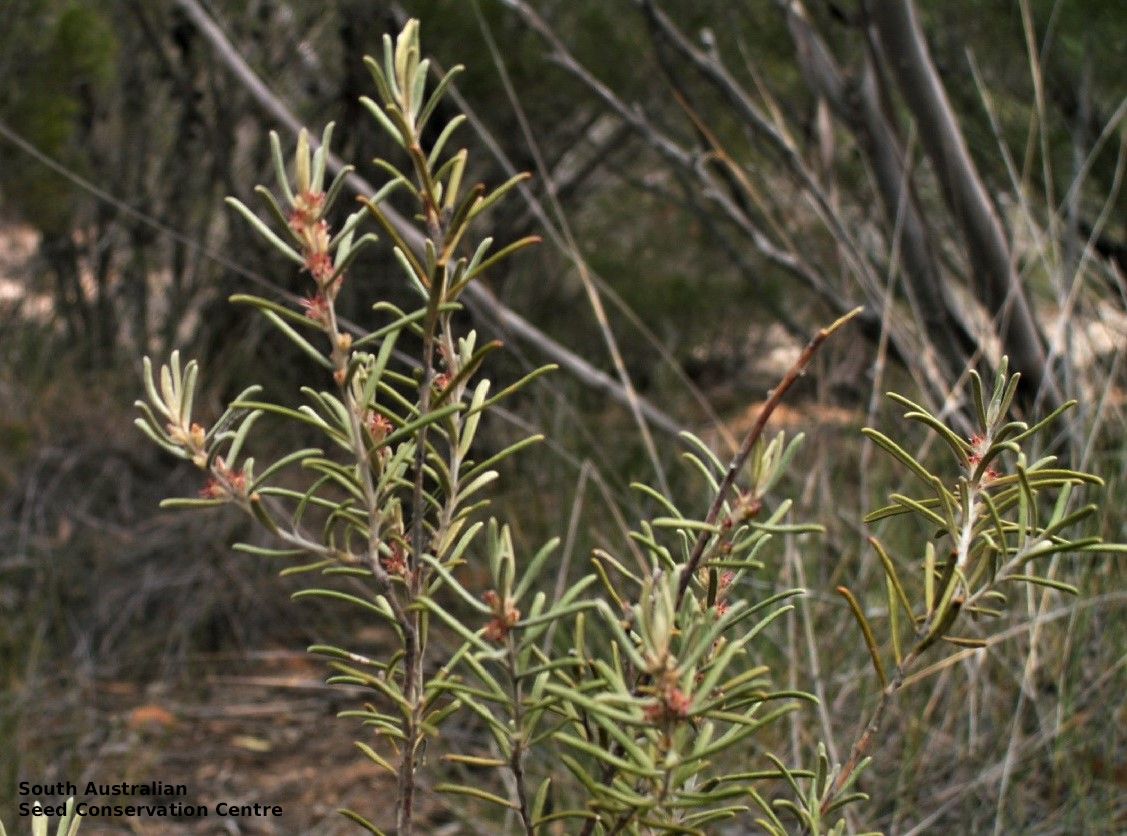
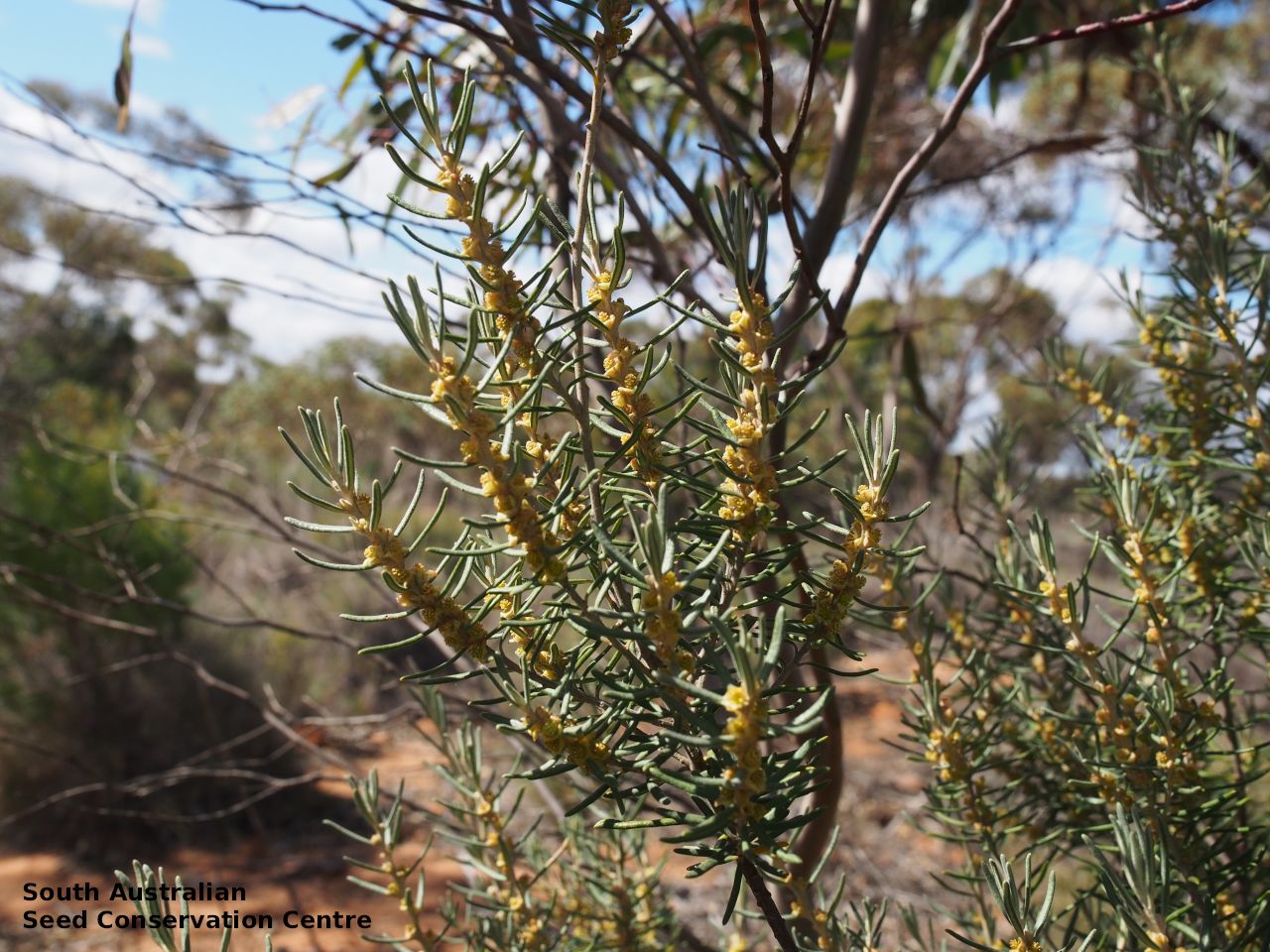
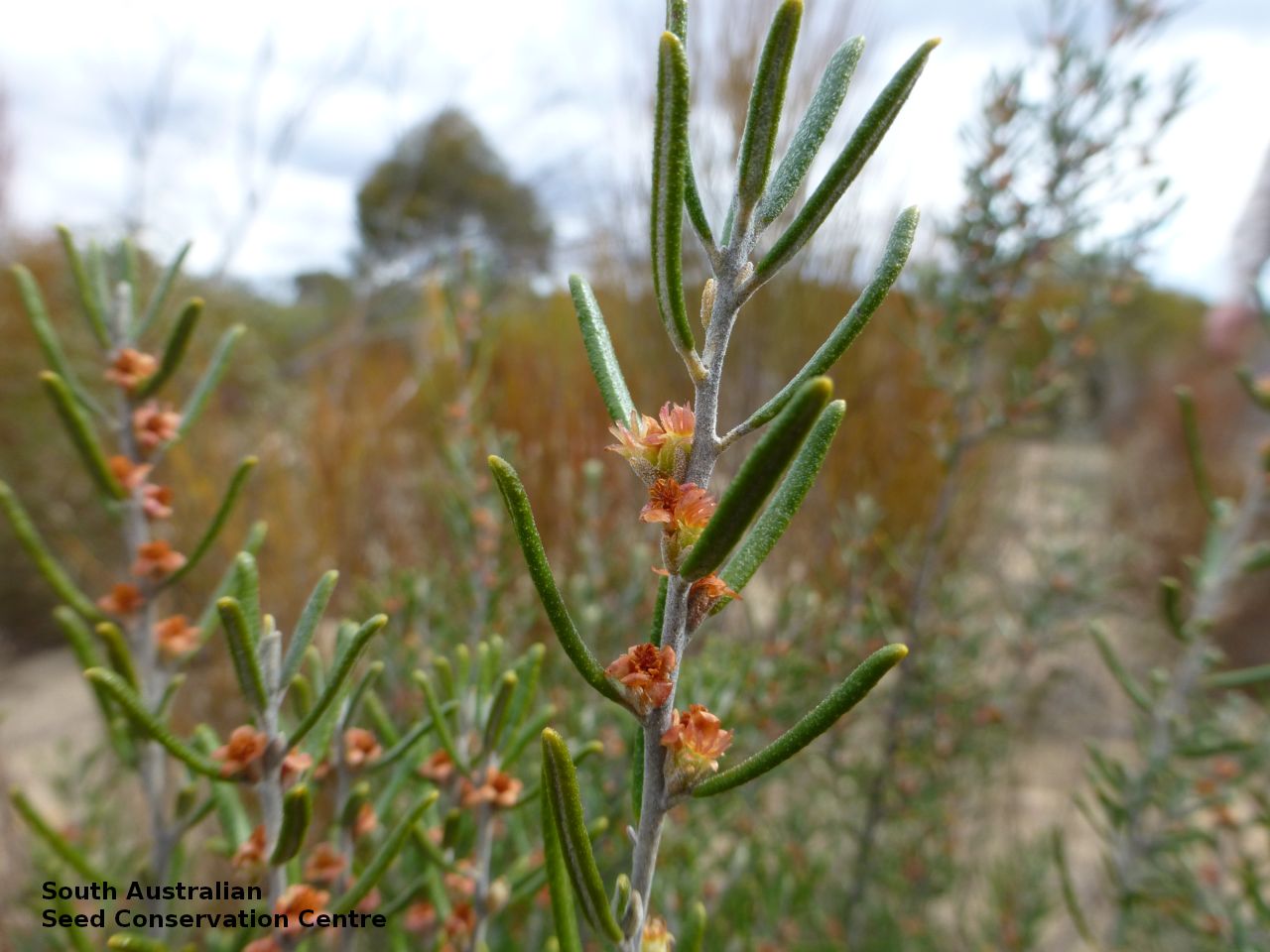
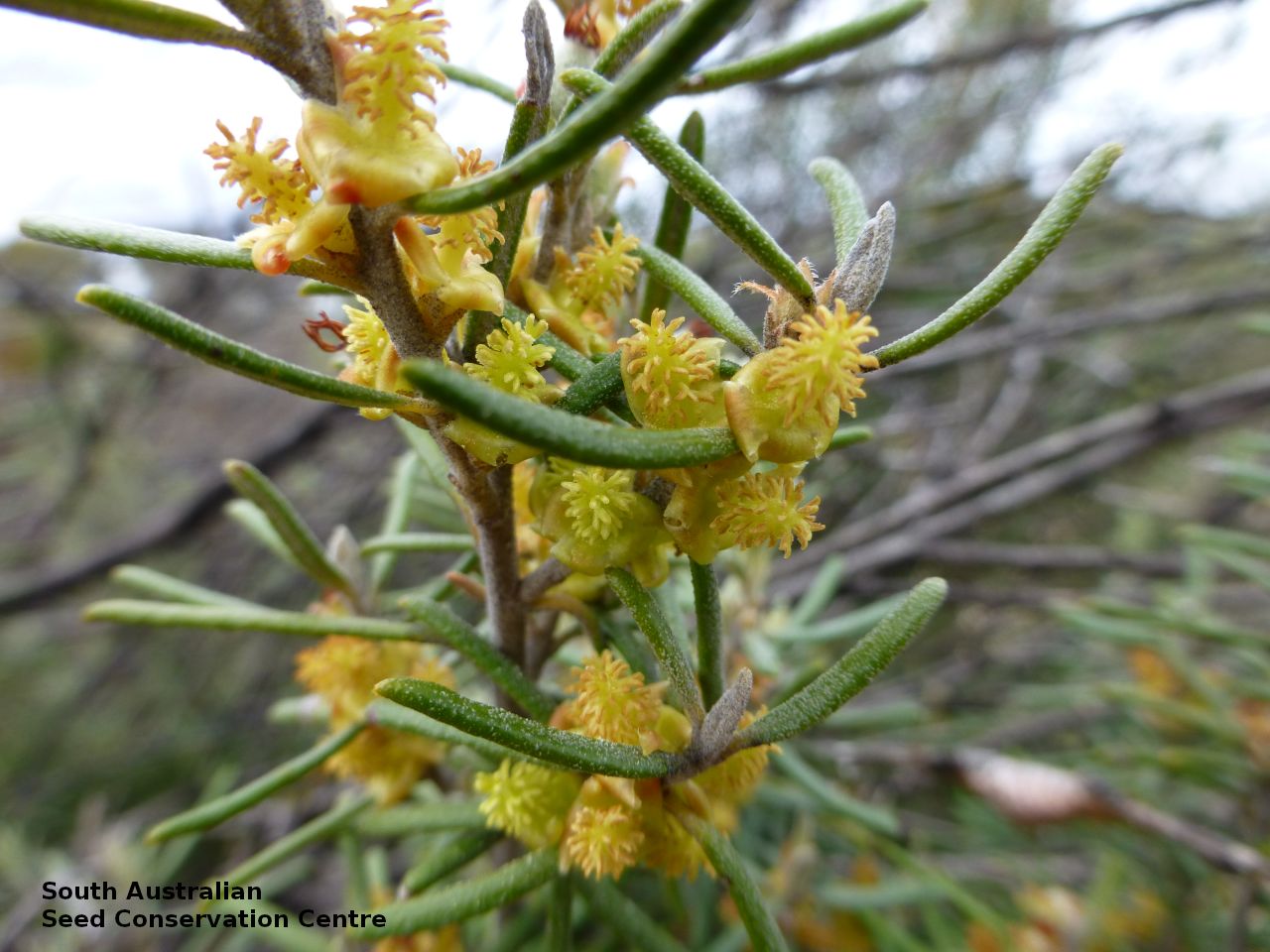
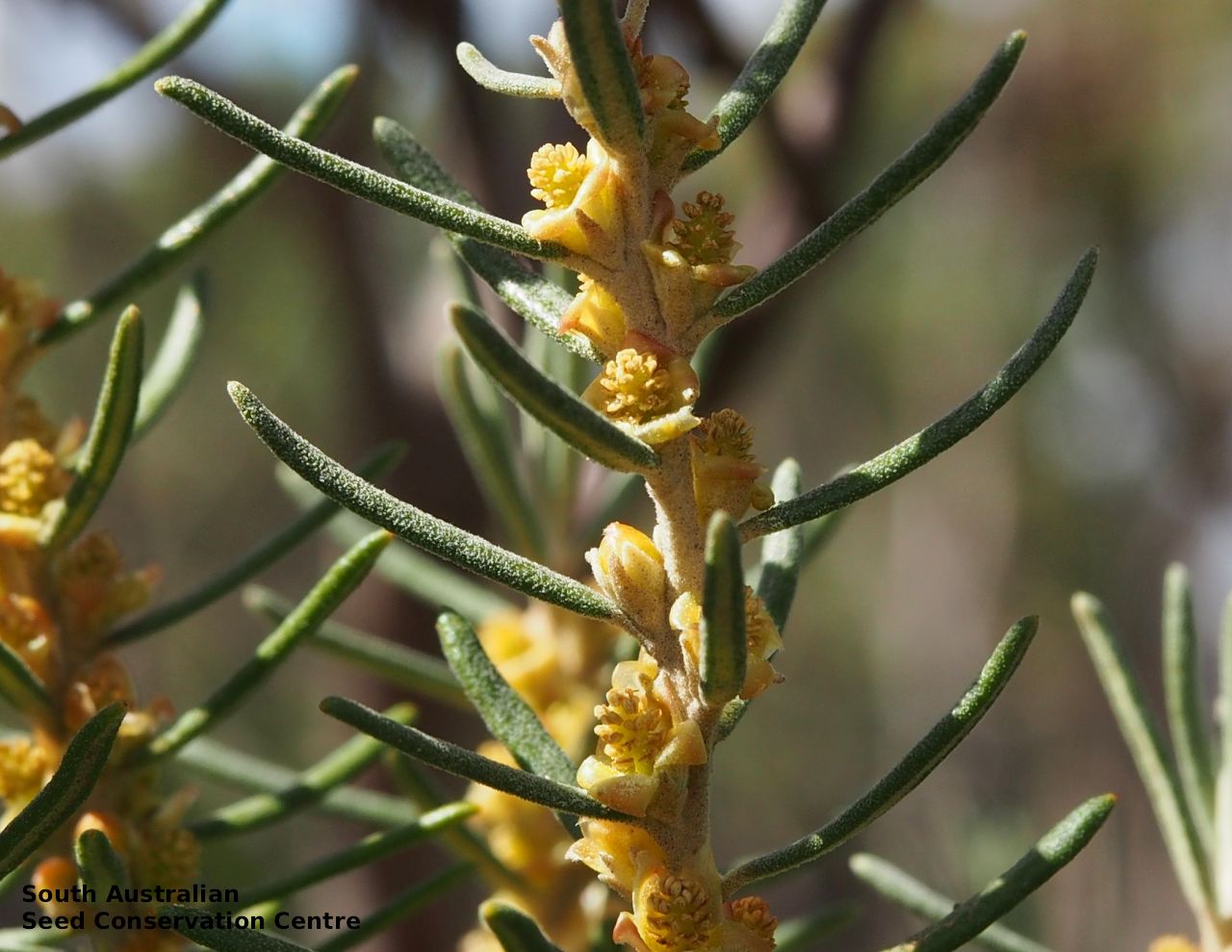
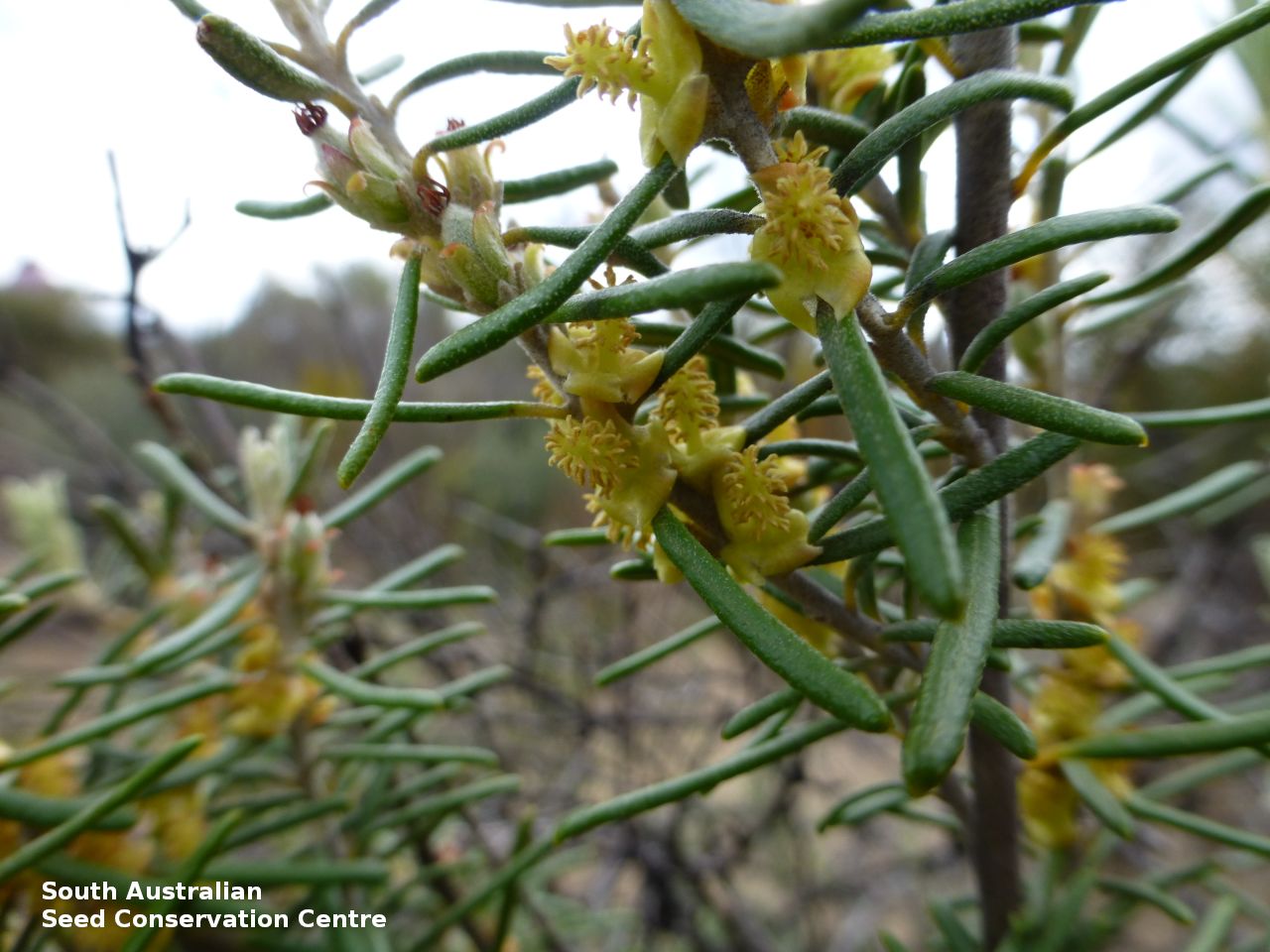
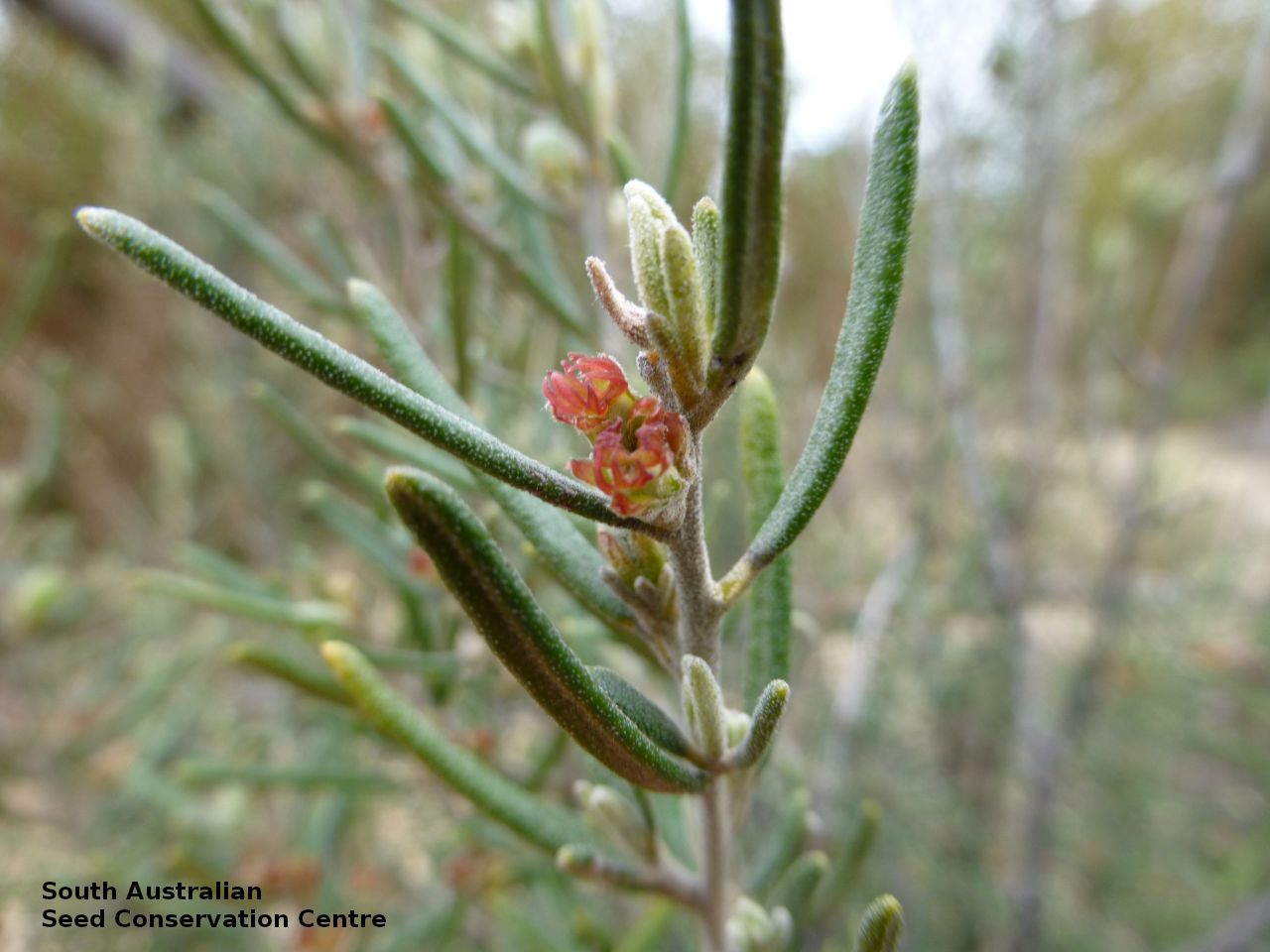
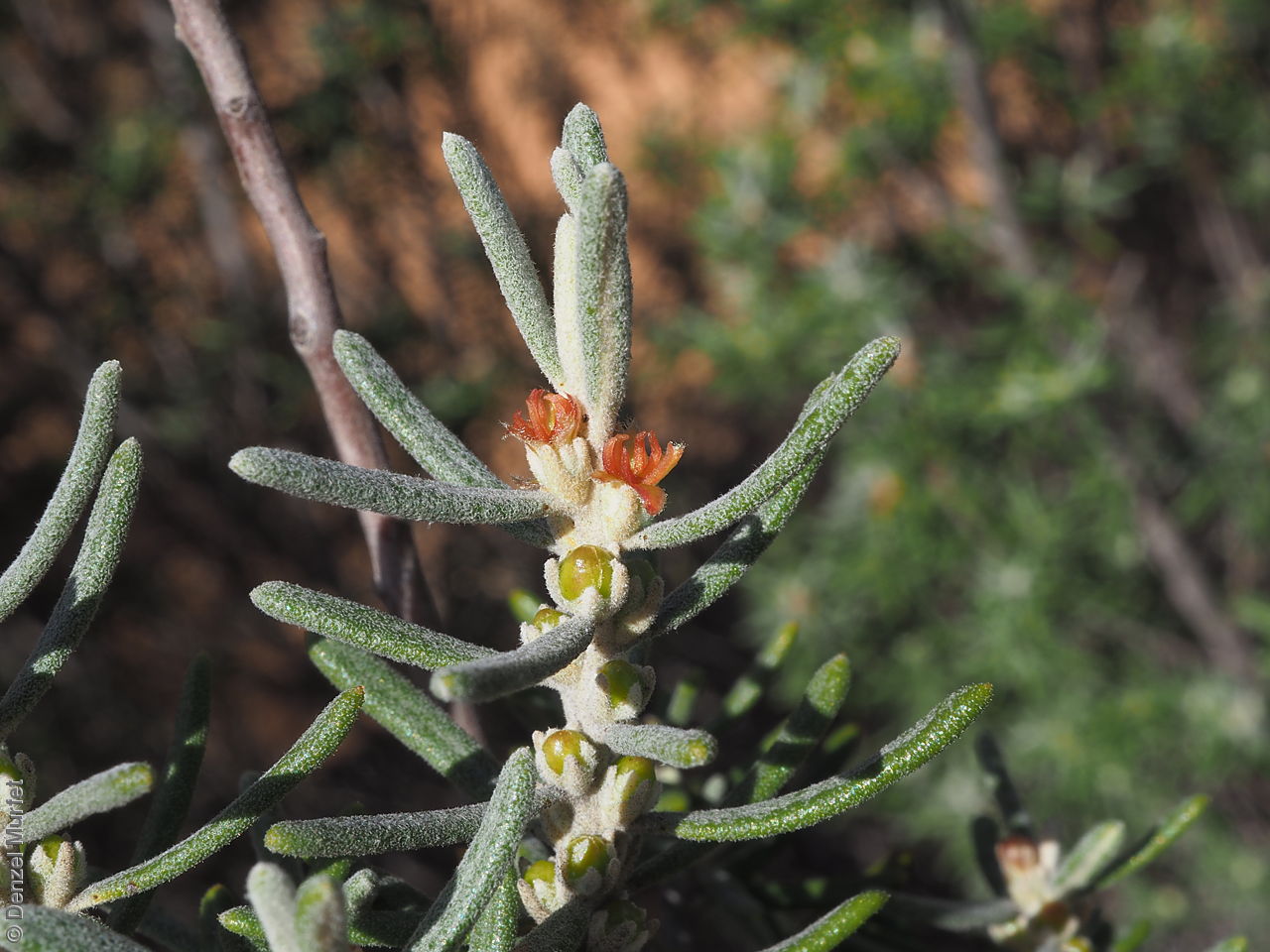
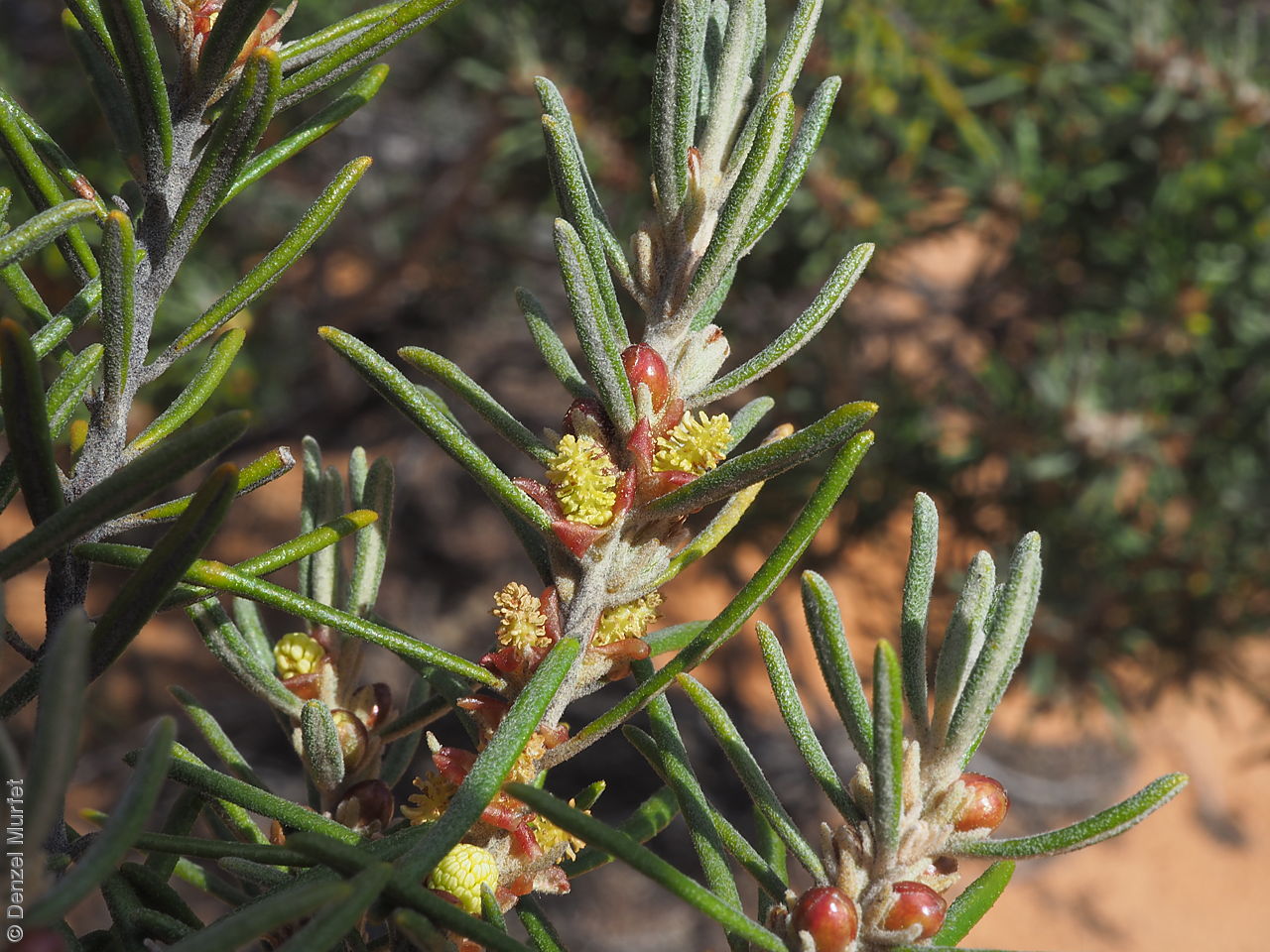
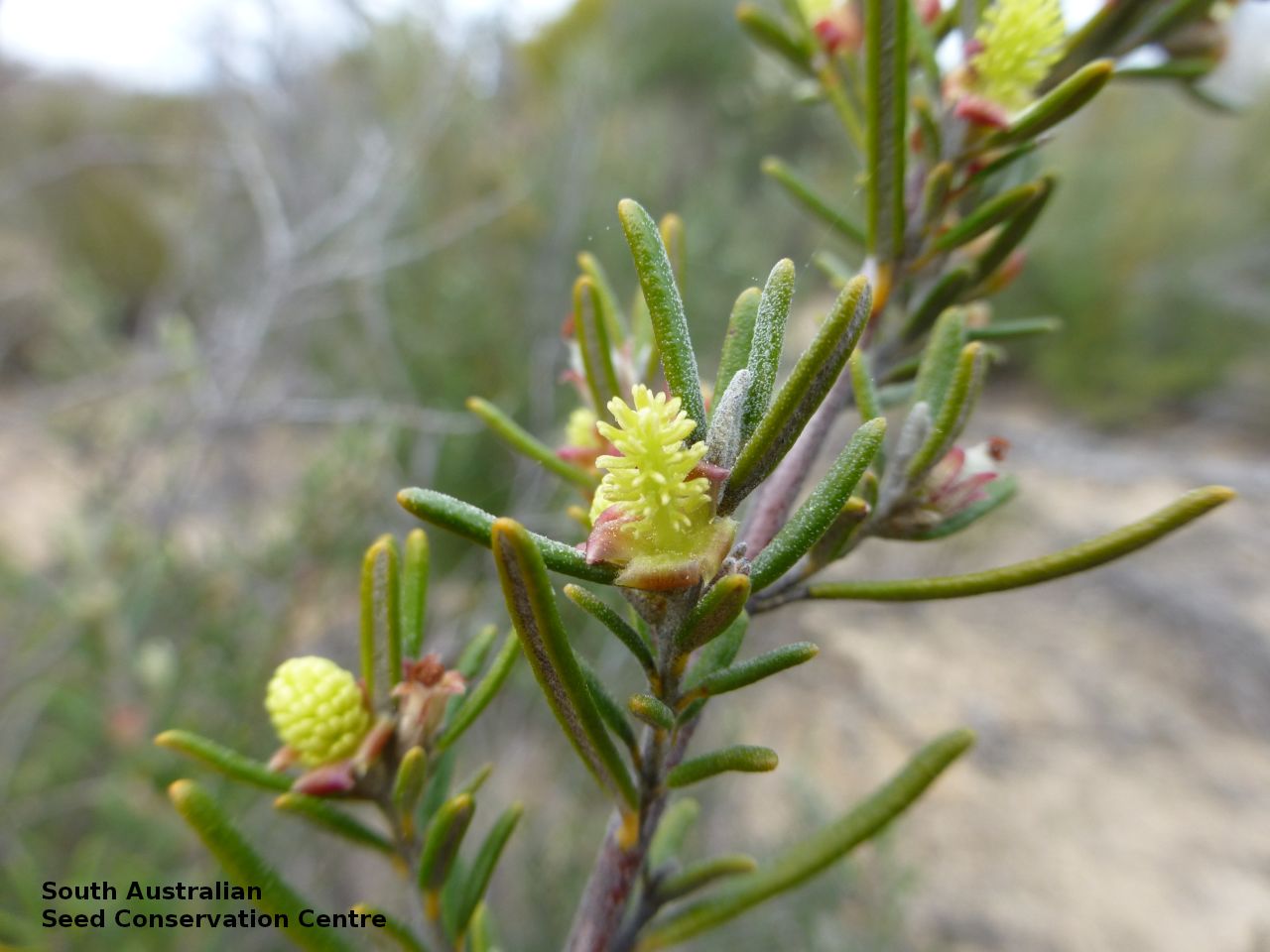
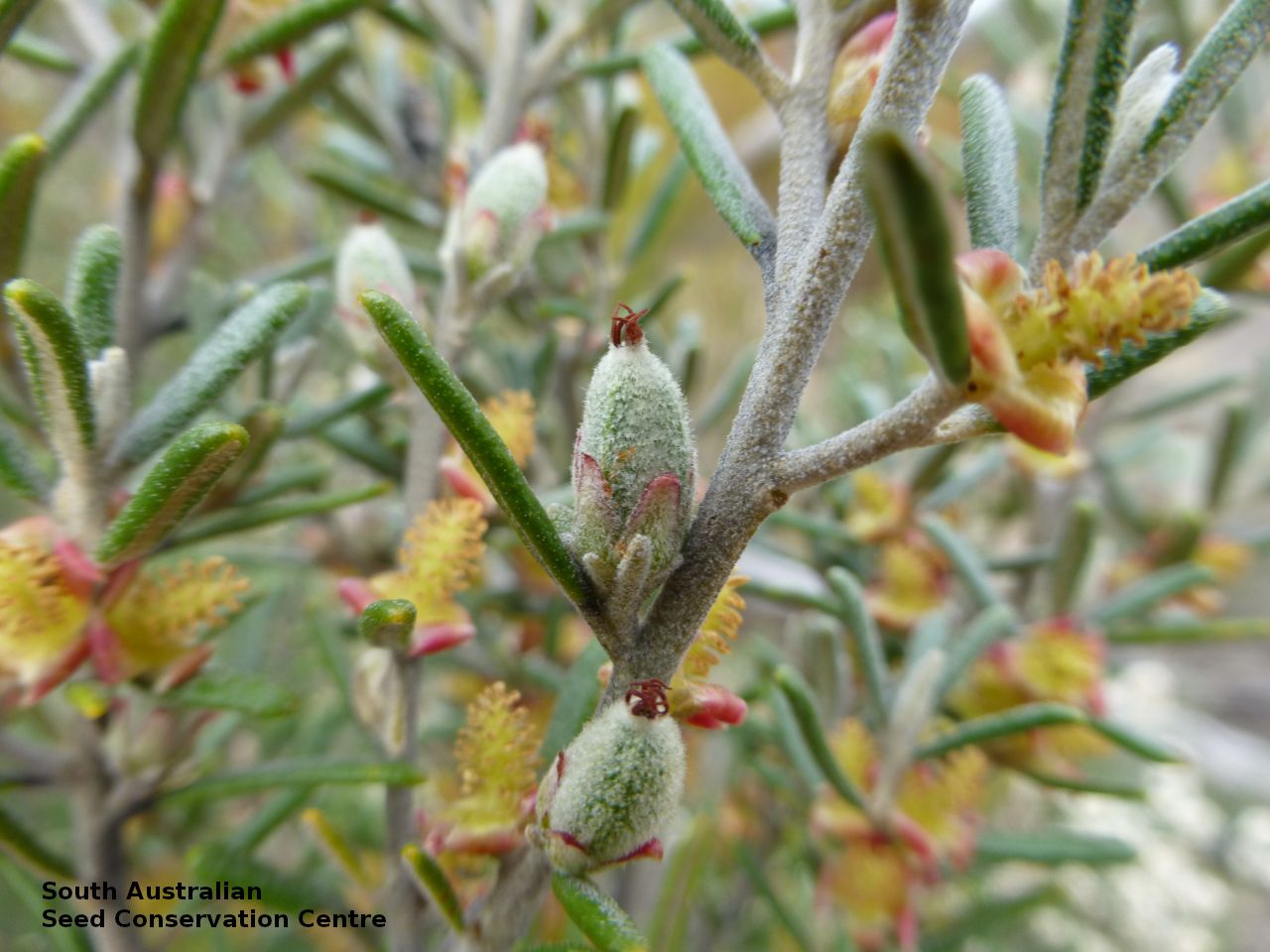

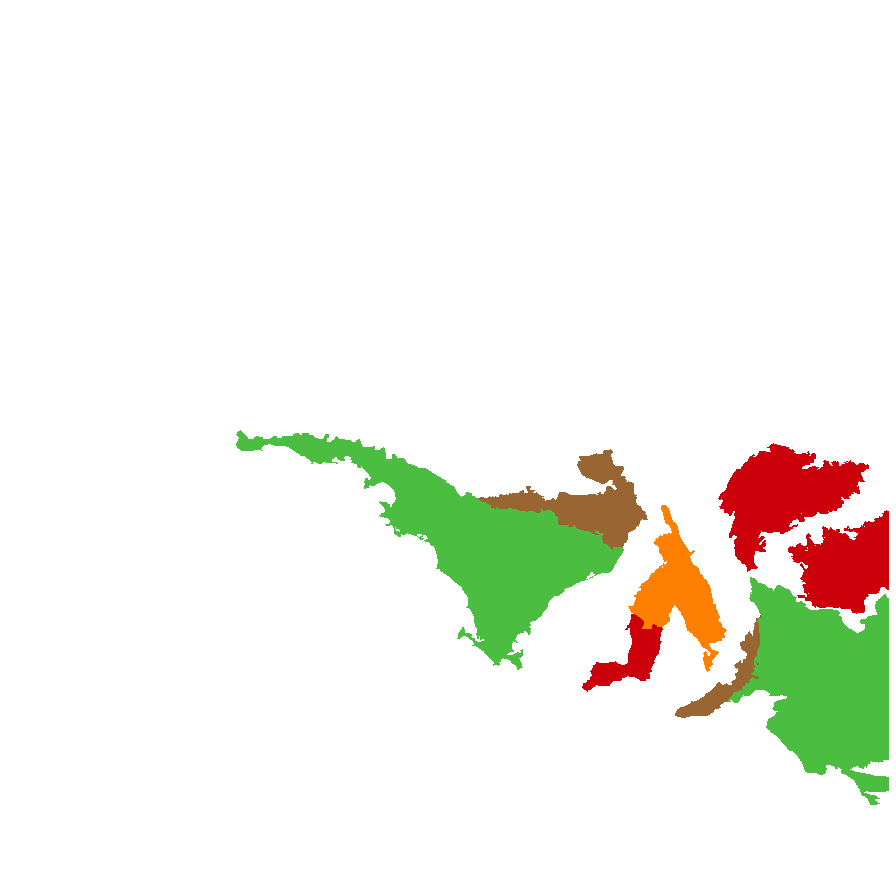
Botanical art
Prior names
Bertya mitchellii var. vestita
Bertya mitchellii
Etymology
Bertya named after Count Lonce de Lambertye (1810-1877), a French botanist and horticulturist from 1834 at Chaltrait. Tasmanica means of or from Tasmania, referring to where the type specimen was collected from. Vestita from Latin meaning to clothe, alluding to the subspecies covering in soft fine hairs.
Distribution and status
Found inland in the southern part of South Australia, growing in sandy mallee and mallee-heath communities. Also found in New South Wales and Victoria. Native. Common in South Australia. Uncommon the other states.
Herbarium regions: Eastern, Eyre Peninsula, Northern Lofty, Murray, Southern Lofty, South Eastern
NRM regions: Adelaide and Mount Lofty Ranges, Eyre Peninsula, Northern and Yorke, South Australian Arid Lands, South Australian Murray-Darling Basin, South East
AVH map: SA distribution map (external link)
Plant description
Erect or spreading multi-stemmed shrub up to 2.5 metres high, young foliage with greyish or yellowish hairs becoming glabrous with age. Leaves are narrow-linear, to 30 mm long and 2 mm wide, glabrous above, with revolute margins almost concealing the yellow brown to greyish hairs undersurface. Inflorescence a single flower or rarely umbelliform with 2 flowers, male flowers sessile, with conspicuous bracts, yellowish with a red tinge, female flowers sessile, light green tinged red to maroon. Flowering between May and December. Fruits are green ellipsoid or narrow-ovoid capsule to 8 mm long covered in white hairs. Seed embryo type is spatulate.
Seed collection and propagation
Collect seeds between September and February. Collect mature capsules, fat, dull green and contain dark, hard seed. Keep a close eye on maturing fruit as it will open and release the seeds quickly. Place the capsules in a tray and leave to dry for a week or two. Capsules will split and release the seeds or you can gently rub the capsules with a rubber bung to dislodge the seeds. Use a sieves to separate the unwanted material. Store the seeds with a desiccant such as dried silica beads or dry rice, in an air tight container in a cool and dry place. This species is generally difficult to germinate, it has morphophysiological dormancy and complex germination requirements.
| Location | No. of seeds (weight grams) | Number of plants | Date collected | Collection number Collection location | Date stored | % Viability | Storage temperature |
|---|---|---|---|---|---|---|---|
| MSB | 1,200 (28.02 g) | 18 | 16-Nov-2005 | MKJ143 Murray |
Number of plants: This is the number of plants from which the seeds were collected.
Collection location: The Herbarium of South Australia's region name.
% Viability: Percentage of filled healthy seeds determined by a cut test or x-ray.